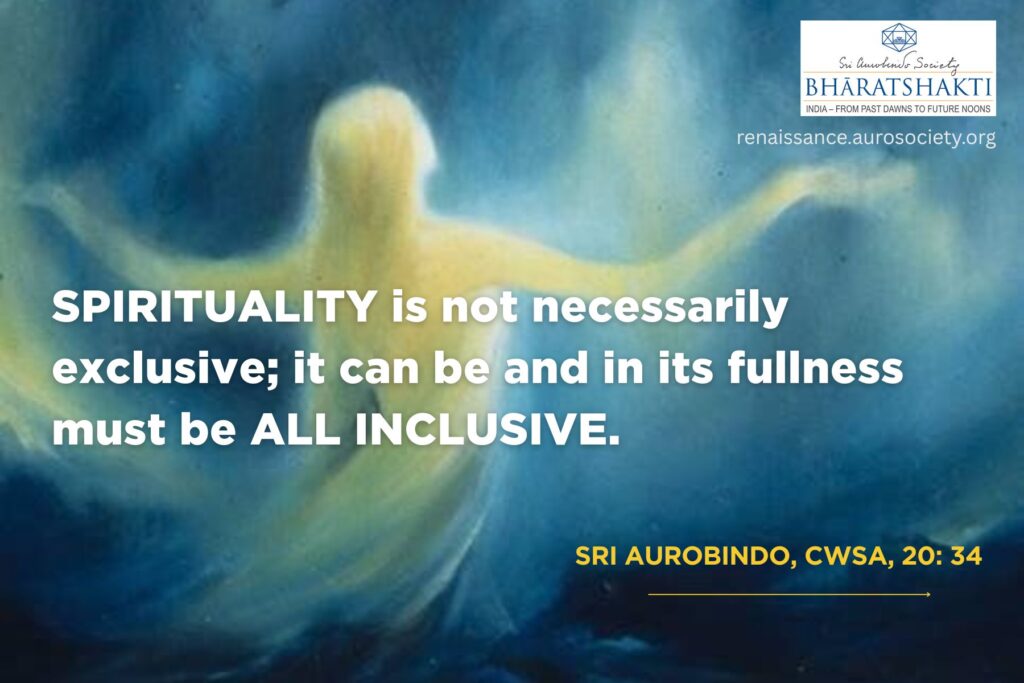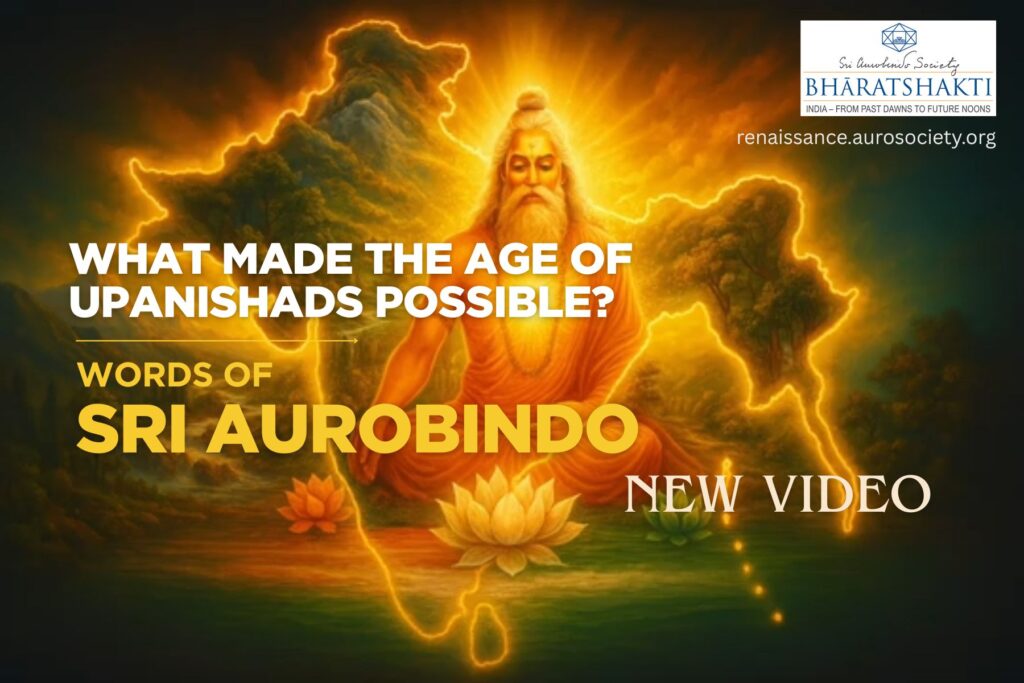Editor’s Note: The topic of this video lecture by Ms. Rekha Rao beautifully intersects the realms of Indian Sculptural Art with the Indian traditional sciences of Ayurveda and Yoga.
Ms. Rekha Rao begins with a quick overview of the key scriptures of the Vedic tradition. She highlights the place of Ayurveda and Yoga in the overall Indian knowledge systems. Ms. Rao speaks of shalabhanjikas and other figures which were very consciously sculpted in Indian temples to highlight and promote the knowledge of Ayurvedic and other natural medicinal systems.
She has selected several representative pictures from various Buddhist and Hindu temples to give specific examples. She points out specific sculptures which demonstrate a wealth of knowledge regarding medicinal uses of a variety of plants.
Read: The Gods of Indian Sculpture
In the second part of her lecture, Ms. Rao focuses on Yoga as represented in temple sculptures. After a brief introduction to Yoga as one of the Indian shad-darshana (six schools of philosophy), she zooms in on Patanjali’s Yogasutras where we find the Ashtanga Yoga or Eight-limbed Yoga. She then points out some examples of sculptures where selected aspects of each of the eight limbs – Yama, Niyama, Asana, Pranayama, Pratyahara, Dharana, Dhyana, and Samadhi – are seen.
The clarity of Ms. Rao’s explanations along with a well-designed presentation with relevant examples makes this lecture highly educative for all interested in Indian sculpture. It was recorded as part of an online programme conducted in October 2021.
The talk also beautifully illustrates what Sri Aurobindo once said about the different functions of Indian Art. While the highest work of Indian artist expressed the greatest spiritual truths and realisations that are the foundation of Indian culture, the artistic tradition in India never ignored several other dimensions of human life. Thus we see plenty of art in India, including sculptures, depicting numerous aspects of individual and collective life.
Indian painting, sculpture and architecture did not refuse service to the aesthetic satisfaction and interpretation of the social, civic and individual life of the human being; these things, as all evidences show, played a great part in their motives of creation, but still their highest work was reserved for the greatest spiritual side of the culture…
~ Sri Aurobindo, CWSA, Vol. 20, pp. 227-228

WATCH

About the speaker:
Ms. Rekha Rao has a Master’s in Indology from the University of Mysore. She is an independent scholar and has conducted extensive research on Indian temple architecture and sculpture.
She is the author of several books including ‘Therapeutics in Indian Sculptures, Rani ki vav-Patan,’ ‘Ayurveda in Indian Temples: Depiction of Herbal Medicines through Apsaras and Shalabhanjikas’, and ‘Yoga in Indian Temple Sculptures: A New Perspective’.



